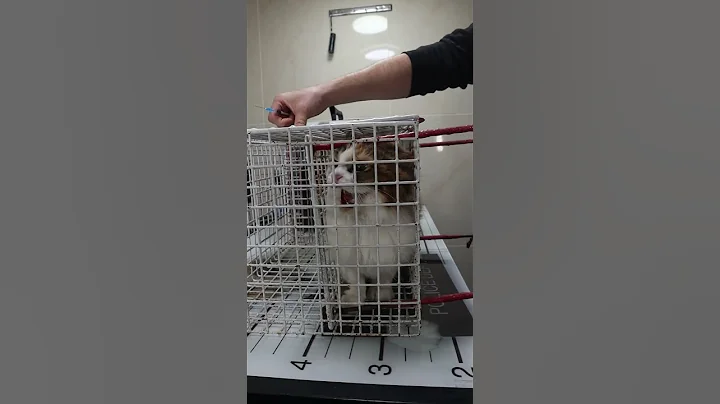Editor's note:
The wild boar is coming down the mountain! "Monkey Paper" has arrived on my balcony! News of wild animals entering the city frequently appear on social media. In fact, we have so much native wildlife living all around us that we know so little about them. Only by understanding, being friendly and being together can all things be able to live in harmony and be nourished by each other. Xinhua Daily · Junction jointly launched the "Eye of the Secret Realm·Friends of Humanity" calendar column in conjunction with the Jiangsu Provincial Wildlife Conservation Station, Jiangsu Provincial Academy of Forestry Sciences, Nanjing Hongshan Forest Zoo , and will take you through the infrared camera , animal observers, etc., to pay attention to the familiar and mysterious "animal neighbors". biodiversity is the basis of survival and vitality of human homeland. Every solar term day, we will also invite solar terms officials to make special promotion broadcasts on that day. Today, let’s get to know Citrus Papilio .

It is named after its love of eating citrus leaves. The citrus swallowtail butterfly belongs to the Papilionidae family. It is also known as the pepper swallowtail butterfly, yellow swallowtail butterfly, orange swallowtail butterfly, yellow pineapple swallowtail butterfly and yellow polygonum swallowtail butterfly. The citrus swallowtail butterfly is a beautiful and intelligent butterfly. The color of their body and wings will change with the seasons. The patterns on the wings are yellow-green or yellow-white. The patterns are radial. The color on the back of the wings is lighter. Overall It is no different from the front pattern, very beautiful. Why is
called this name? It is said that the citrus swallowtail butterfly likes to eat citrus leaves when it is a larvae. Because of its picky eating, it was named the citrus swallowtail butterfly.
Brave and wise, it emerges into a butterfly
It strives to avoid the threat of natural enemies and undergoes the painful challenge of emerging from pupa and becoming a butterfly... The Citrus Papilion butterfly goes through four stages of egg, larvae, pupa and adult, and its life is colorful, brave and wise. After 4-5 days of incubation, the citrus swallowtail butterfly emerges from the egg as a larvae. The citrus swallowtail butterfly does not look good when it is a young larvae. At first, the larvae are very dark in color with white spots and look like "bird droppings". This is a way for the young larvae to avoid natural enemies through mimicry so that they can grow up safely.
As the age of the larvae increases, the color of the older larvae will change from black to green. As their bodies continue to grow and become larger, they will disguise themselves as small snakes through mimicry, growing spots like snake eyes. When stimulated, It also stretches out its Y-shaped glands, just like a snake spitting messages, to scare natural enemies and protect itself.
When the larvae are fully developed, they will find a hidden branch to drain excess water from the body, spin silk to fix themselves to the branch, and then molt into pupae in about a day. Interestingly, the pupa has brown and green colors, also to protect and hide itself. After another 10 days or so, the citrus swallowtail butterfly larvae will go through a difficult and painful emergence process, and finally emerge as graceful and graceful.
Beautiful only for two weeks
Citrus swallowtail butterfly has 3-6 generations in a year and overwinters as pupae. Spring-type adults emerge from March to April, and summer-type adults emerge from July to August.
The "beautiful" lifespan of the citrus swallowtail butterfly is only about two weeks. They find a partner, mate, find a host plant suitable for the survival of their eggs and babies, give birth to babies, complete their mission and then die.
Although the beautiful time of citrus swallowtail butterflies is short in their lives, they always have wisdom, protect themselves, work hard to grow, and finally break through the constraints, become butterflies, and complete a splendid life.
writing, Bai Xue
drawing, Zheng Cheng
pictures, visual China





















